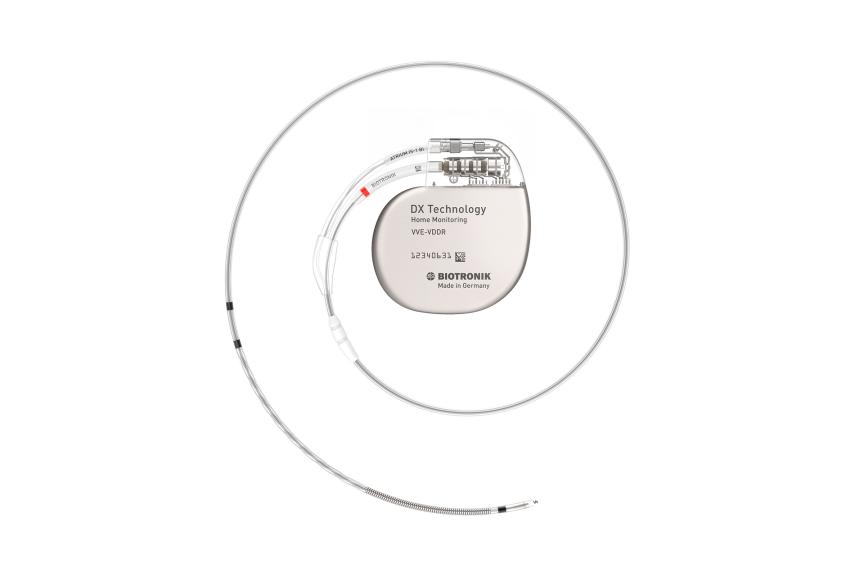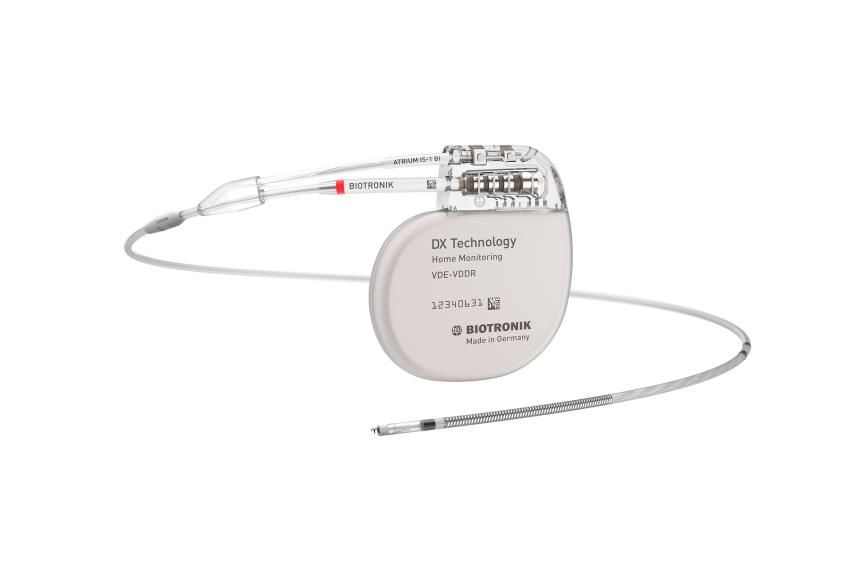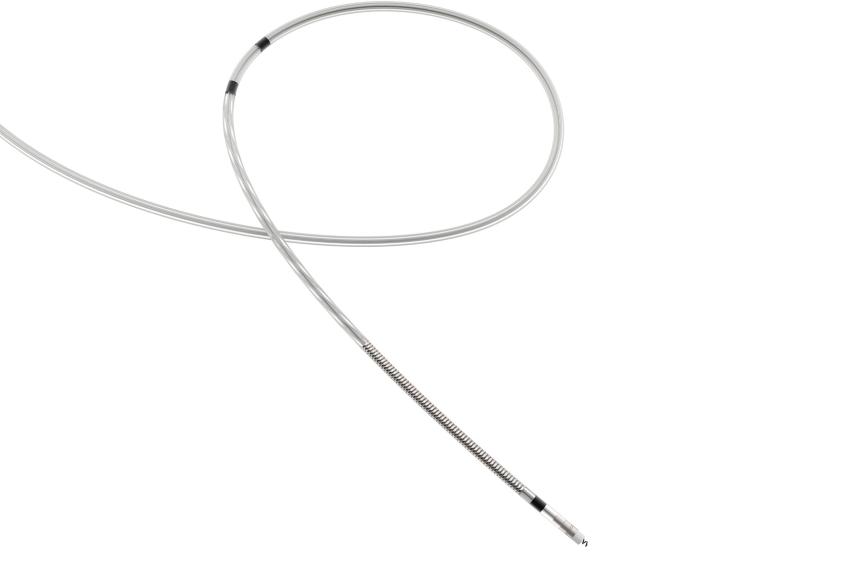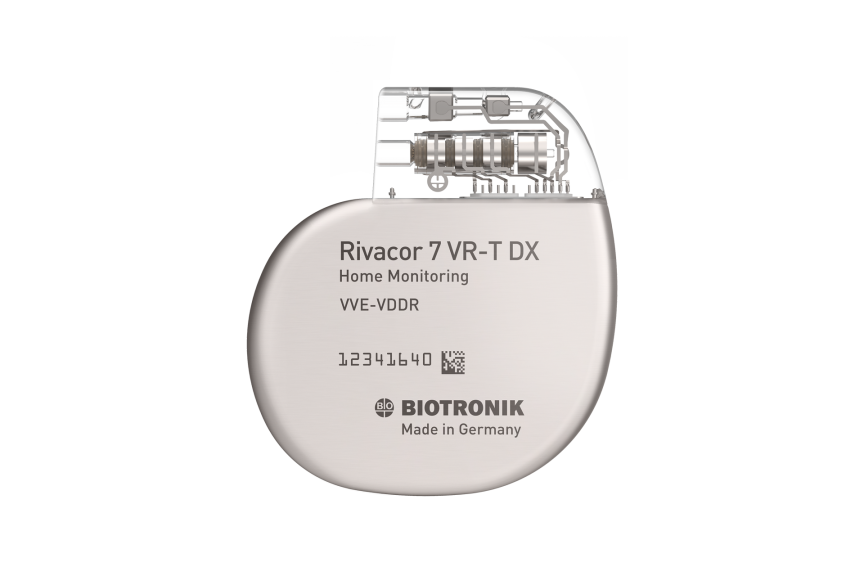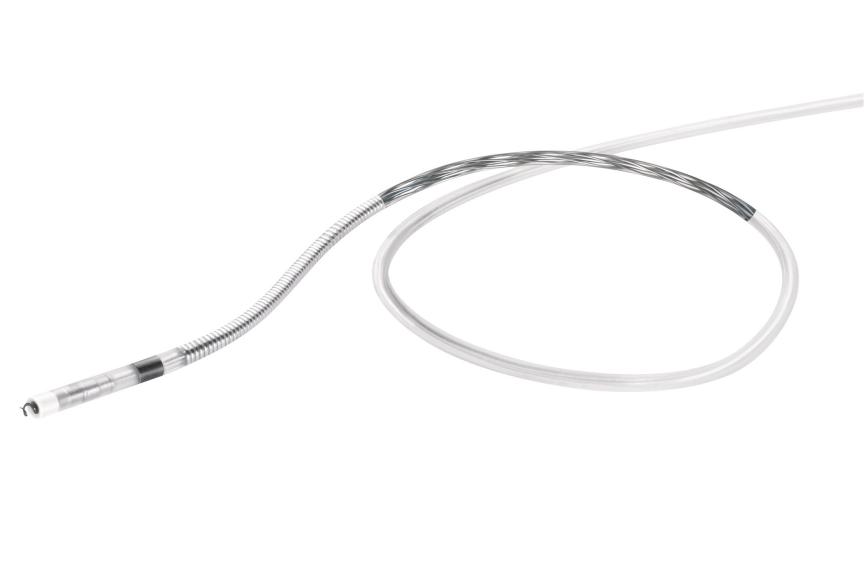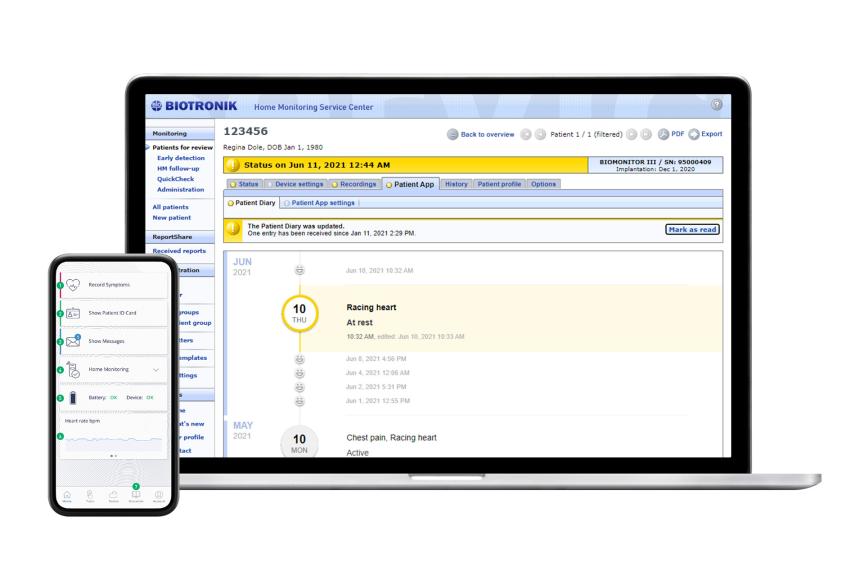Detect Early
-
Only DX Technology combines a single tachy lead with the ability to offer direct atrial sensing in ICD patients. Combined with BIOTRONIK Home Monitoring®, DX Technology provides device diagnostics in a timely manner, allowing physicians to detect atrial arrhythmias early.2
- DX provides a direct, true atrial signal thanks to the DX lead enhanced with a floating atrial dipole.
- DX is proven to provide long-term stable atrial sensing (24-month follow-up period).2,3,4
- The DX ICD is nearly four times more likely to detect subclinical AF than with a standard single-chamber ICD in patients without a history of atrial arrhythmias at implant.3
- DX ICDs have shown superior AHRE detection rates compared to traditional single chamber ICDs, and equivalent detection rates to dual-chamber ICDS (AHRE detection rates: DX: 13%, VR-ICD: 5.3%, DR-ICD: 13%)2

Monitor Reliably
-
Once AF is detected, quantification of AF burden becomes critically important for timely intervention, supported by the AHA/ACC/HRS and European Society of Cardiology (ESC) guidelines on AF management.6,7 Because of its unique atrial sensing capabilities and comprehensive diagnostics, the DX ICD system correctly classifies atrial arrhythmias and quantifies AHRE burden.
- DX allows for a correct estimation of AF burden with reliable classification of AHRE episodes by their duration4
- DX helps healthcare professionals adhere to the AHA/ACC/HRS and ESC guidelines on AHRE monitoring and initiate OAC treatment for stroke prevention in a timely manner6,7

Improve Outcomes
-
The early detection and reliable monitoring of AHRE episodes can provide the diagnostic information needed to inform intervention strategies. Atrial diagnostics provided by DX have led to a variety of therapeutic interventions across multiple studies.3,4,5
- When AF burden becomes significant in DX ICD patients, the most common intervention is prescribing OAC.3
- In the THINGS study, incidence of OAC onset was twice as high in the DX group compared to the traditional single-chamber ICD group.3
- In the REACT DX study, 69% of DX patients with no history of AF and new-onset AHRE detection had OAC initiated within an average of 24 days.5


